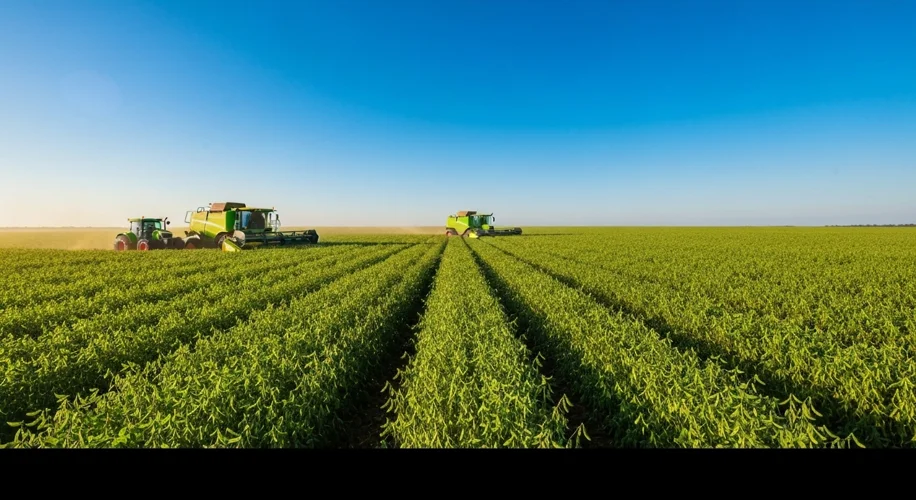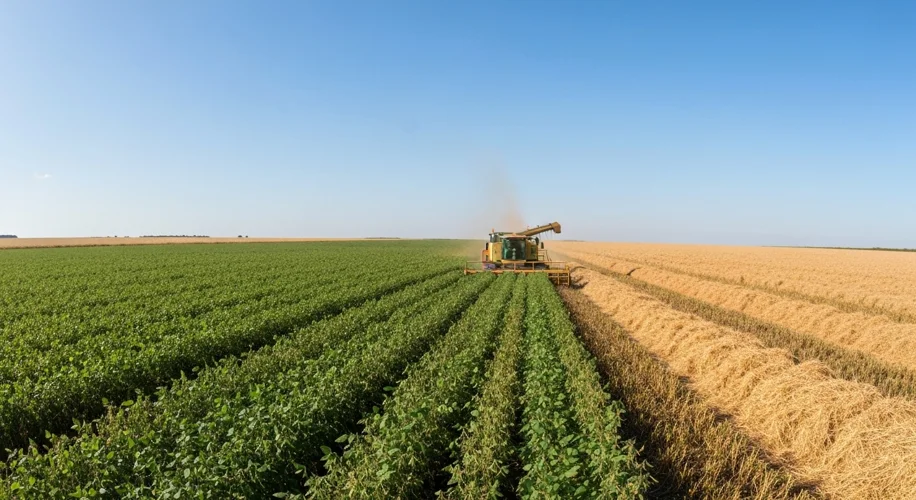The story of Brazil’s agricultural ascent is a tale of transformation, a dramatic shift that has reshaped global food markets and placed the South American giant at the heart of international trade. For decades, Brazil was a nation grappling with economic instability and a heavy reliance on industrialization. Yet, beneath its vibrant surface, a quiet revolution was brewing – one that would turn its vast, fertile lands into a powerhouse of agricultural production, particularly in the cultivation of soybeans.
This agricultural boom wasn’t an overnight phenomenon. It was a meticulously cultivated process, often marked by innovation, strategic policy, and an almost relentless entrepreneurial spirit. The late 20th century saw Brazil increasingly invest in its agricultural sector, a stark contrast to its earlier industrial ambitions. Factors like the development of drought-resistant soybean varieties, the expansion of the agricultural frontier into the Cerrado savanna region, and significant investments in infrastructure – including ports and transportation networks – all converged to unlock Brazil’s immense potential.
The Cerrado, once considered too acidic and infertile for large-scale farming, became the new breadbasket of Brazil. Through advancements in soil science and agricultural technology, it was transformed into a highly productive landscape. This expansion, however, was not without its controversies, often sparking debates about deforestation and its environmental impact. Yet, from an economic perspective, it was a decisive move that propelled Brazil onto the world stage.

The key actors in this drama were not just policymakers and scientists, but countless farmers who adopted new techniques and embraced the risks of large-scale cultivation. The Brazilian farmer, often working with limited resources but immense determination, became the bedrock of this agricultural revolution. Their willingness to innovate and adapt was crucial. Simultaneously, global demand for soybeans, particularly from China for animal feed and oil, provided a massive and growing market for Brazil’s burgeoning production.
The consequences of this rise have been profound. Brazil is now the world’s largest exporter of soybeans, a leading producer of beef, corn, and sugar. This dominance has had a significant impact on global commodity prices, influencing the cost of food worldwide. It has also created complex geopolitical dynamics, as nations become increasingly reliant on Brazil for their food security. The economic windfall for Brazil has been substantial, boosting its GDP and providing much-needed foreign exchange. However, this rapid expansion has also brought challenges. Environmental concerns, particularly deforestation in the Amazon and Cerrado regions, remain a critical issue, drawing international scrutiny and demanding sustainable practices. The concentration of land ownership and the impact on smallholder farmers are also significant social considerations.
Looking back, Brazil’s agricultural transformation is a compelling case study in how a nation can pivot its economic focus, leverage its natural resources, and adapt to global market demands. It highlights the power of technological innovation, strategic investment, and entrepreneurial drive. However, it also serves as a potent reminder of the delicate balance between economic growth, environmental sustainability, and social equity. The future of Brazil’s agricultural exports will undoubtedly be shaped by its ability to navigate these complex challenges, ensuring that its role as a global food provider is both prosperous and responsible.
This deep dive into Brazil’s agricultural export history reveals a narrative of ambition, innovation, and undeniable global impact. It’s a story that continues to unfold, with every harvest season writing a new chapter in the annals of international trade.

